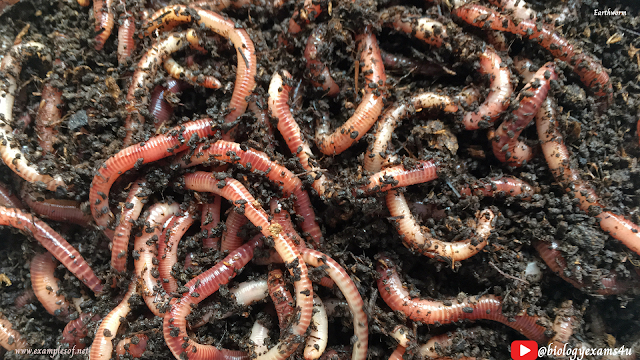They may be aquatic (marine and fresh water) or terrestrial; free-living, and sometimes parasitic.
They exhibit organ-system level of
body organisation and bilateral symmetry. They are triploblastic, metamerically
segmented and coelomate animals. Their body surface is distinctly marked
out into segments or metameres and, hence, the phylum name Annelida (Latin, annulus
: little ring).
They possess longitudinal and circular muscles which help in locomotion. Aquatic annelids like Nereis possess lateral appendages, parapodia, which help in swimming. A closed circulatory system is present. Nephridia help in osmoregulation and excretion. Neural system consists of paired ganglia (sing. ganglion) connected by lateral nerves to a double ventral nerve cord.
The sexes may be separate or united. Life history includes a characteristic larva called trochophore in many of the members. Nereis, an aquatic form, is dioecious, but earthworms and leeches are monoecious. Reproduction is sexual.
Phylum Annelida is divided into
four classes:
- Class I Polychaeta
- Class II Oligochaeta
- Class III Hirudinea
- Class 4 Archiannelida
Examples of Annelida

- Class Polychaeta: marine carnivorous annelids, Example: Nereis
- Class Oligochaeta: marine, freshwater and terrestrial annelids including earthworms, Example: Earthworm

- Class Hirudinea: marine, fresh water and terrestrial leeches. Example: Hirudinaria (Blood sucking leech)
- Class Archiannelida: They are primitive annelids. Example: Polygordius, Protodrillus